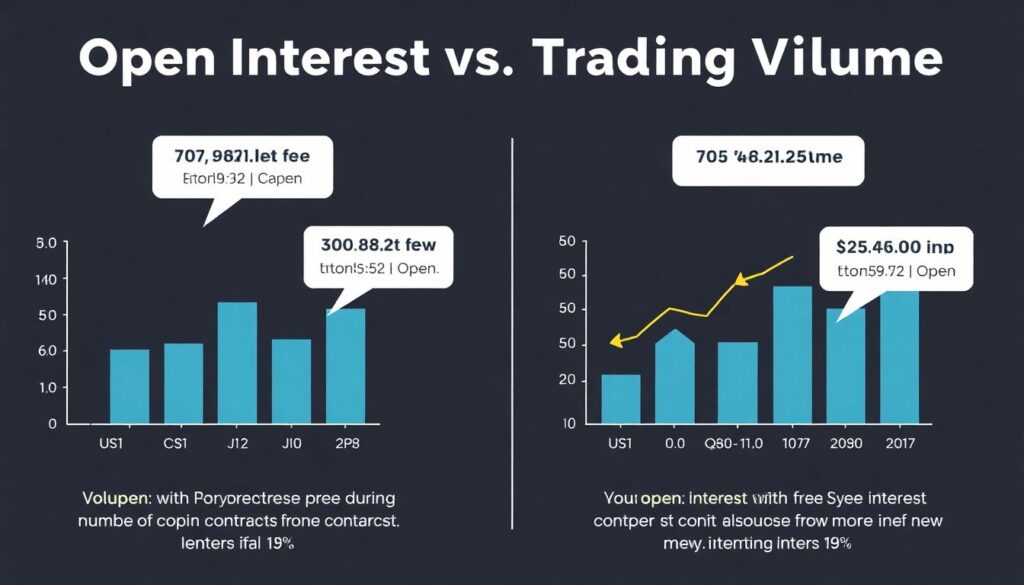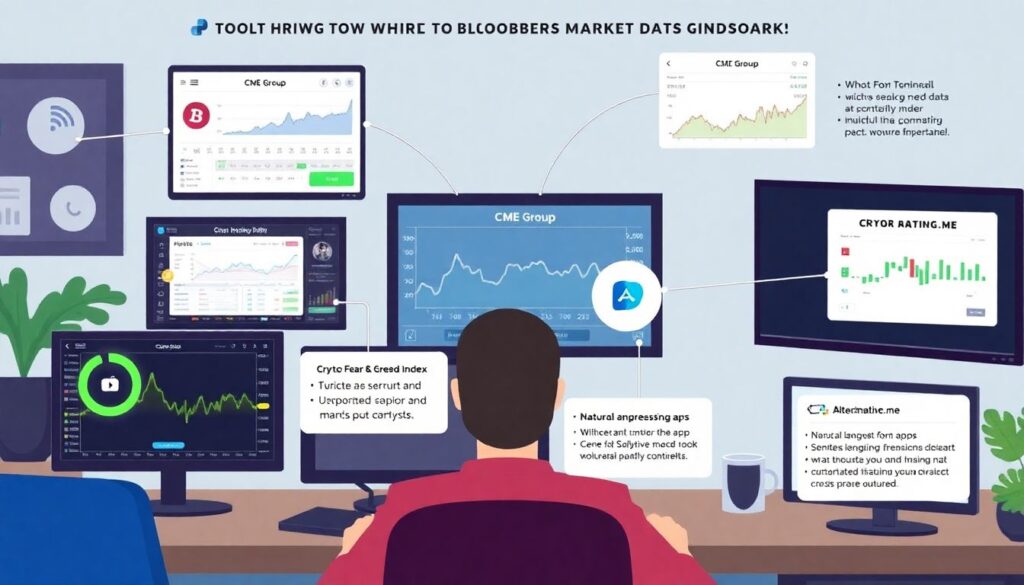Understanding Open Interest and Sentiment: Why Combine Them?
In the fast-evolving world of trading, especially in derivatives and crypto markets, relying on a single indicator rarely offers the clarity traders need. Two metrics — Open Interest (OI) and Market Sentiment — frequently pop up in trading strategies, but separately they only tell half the story. When you merge these two, you get a multidimensional view of market behavior that can help anticipate price movements more accurately. Open Interest shows how many outstanding contracts exist — it reflects market activity. On the other hand, sentiment gauges crowd psychology — whether traders are leaning bullish or bearish. By combining them, you can detect not just what traders are doing, but also how they’re feeling while doing it.
How Open Interest Works: Not Just Volume

Open Interest is often confused with trading volume, but they’re fundamentally different. Volume counts how many contracts were traded during a given timeframe. Open Interest, however, shows how many are still active. If OI is rising, it might indicate that new money is entering the market, potentially confirming a trend. If it’s falling, that could suggest liquidation, indecisiveness, or just fading interest. What makes OI powerful is that it serves as a proxy for participation — it helps you understand whether a move has conviction behind it or whether it’s just noise.
Market Sentiment: Reading the Emotional Pulse

Sentiment analysis is all about measuring the general mood of the market. Are traders optimistic, fearful, or neutral? This can be gauged through several tools — from social media buzz and news flow to more structured metrics like the put/call ratio or funding rates in crypto. Sentiment becomes especially valuable during extreme fear or greed phases. More often than not, markets behave irrationally when emotions run high. That’s your cue: high OI combined with euphoric sentiment? Be cautious. Low OI and panic? That might be a contrarian buy signal.
Why the Combination Matters: Context is Everything
Using Open Interest without sentiment can lead to false assumptions. Let’s say OI is climbing — many traders would instantly assume a trend is strengthening. But if you layer sentiment on top and see growing bullish euphoria, that rise in OI might actually represent overcrowding, increasing the risk of a reversal. Context changes everything. Here’s how some specific combinations can be interpreted:
– Rising OI + Bullish Sentiment: Watch for potential overheating. Be selective.
– Rising OI + Bearish Sentiment: Could signal strong conviction in a downtrend — or a contrarian setup if prices hold steady.
– Falling OI + Bullish Sentiment: Possible topping signal; traders taking profit.
– Falling OI + Bearish Sentiment: Capitulation — potential for a bounce.
Practical Tips for Traders: Turning Signals into Strategy
Too much theory and not enough application makes indicators useless. Here’s how to actually incorporate combined analysis of OI and sentiment into your trading routine:
– Track OI Alongside Price: A price rise on increasing OI is more trustworthy than one on falling OI. Overlay this on your charts.
– Use Sentiment Indicators Daily: Tools like Fear & Greed Index (for crypto), commitment of traders (for futures), or even Twitter sentiment scores can offer unique insights.
– Spot Divergences: If price is rising but OI is dropping — or sentiment is overly bullish — that could signal weakness.
– Avoid Herd Behavior: When both OI and sentiment show consensus, be skeptical. Markets love surprising the majority.
Data Sources and Tools to Monitor

You don’t need a Bloomberg Terminal to track this stuff. There are reliable, publicly available tools:
– For Open Interest: Coinglass, CME Group, Skew (for crypto and futures)
– For Sentiment: Alternative.me (Crypto Fear & Greed), Sentimentrader, or even natural language processing apps for social media feeds
Most platforms let you export data, so building your own dashboards or integrating into Python scripts is entirely doable for intermediate users.
Looking Ahead: The Evolution of Combined Indicators (2025 and Beyond)
In 2025, data models continue to evolve. Machine learning is now playing a bigger role in combining OI and sentiment data into real-time predictive analytics. We’re seeing more platforms introducing sentiment-weighted OI metrics — essentially a risk-adjusted version of traditional OI. This allows for more nuanced signals, like flagging when rising OI is driven more by derivatives speculation than underlying conviction.
We’re also entering a stage where sentiment data is becoming hyper-granular. Instead of just “bullish” or “bearish,” algorithms now detect emotional tone, risk language, and even sarcasm in trader discussions. Coupled with blockchain transparency in crypto markets, this gives retail traders an edge that was once reserved for institutions.
Expect to see:
– AI-based dashboards that combine OI, sentiment, and price action for real-time trading signals
– Smart alerts that trigger on IRL sentiment shifts (e.g., from Reddit or Telegram)
– Custom sentiment scoring tied to specific asset classes
Final Thoughts: Make It Part of Your Edge
Open Interest and Sentiment, while powerful alone, become exponentially more useful when viewed together. They offer insight into both action and intention — what traders are doing, and what they’re thinking. As markets grow more complex, relying on multidimensional indicators like this isn’t optional anymore — it’s a necessity for staying ahead of the curve. Incorporate these tools into your workflow, test them, and refine your interpretations. In the ever-noisy world of markets, context is your best ally.

